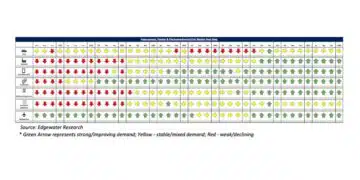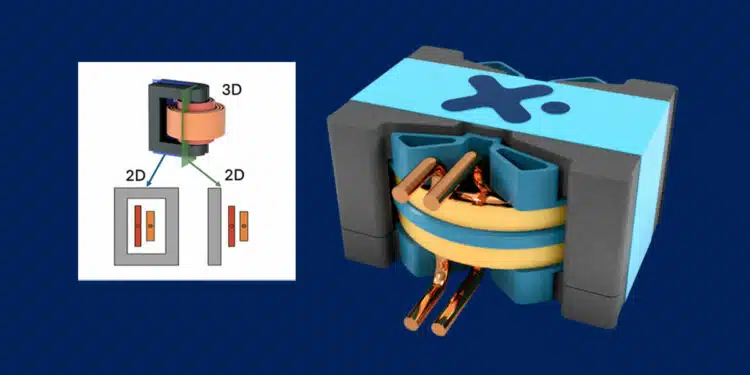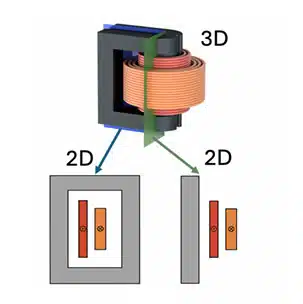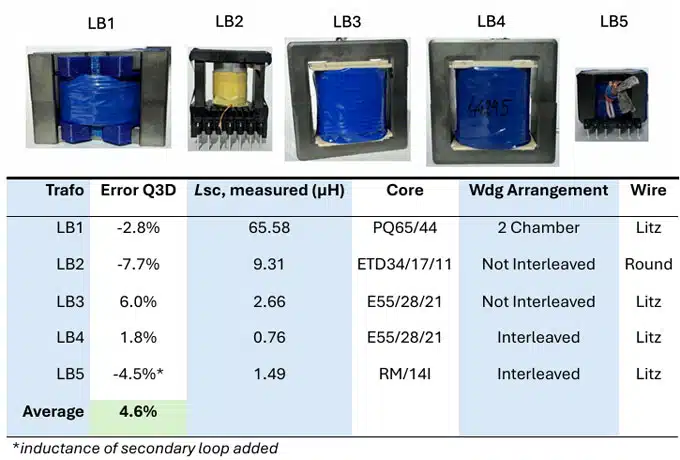Frenetic published white paper with introduction of its online leakage inductance model and simulation of transformer leakage inductance behaviour.
Leakage inductance is crucial in many topologies such as flyback converters, dual active bridge converters, and resonant converters impacting operating parameters such as switching behaviour, overvoltage, and losses. Hence, it is imperative for the power electronic designer to estimate the value of transformer losses and leakage inductance in the design stage.
The accuracy of the Quasi-3D (Q3D) leakage inductance model is in the range of geometric uncertainties. The model is capable of calculating leakage inductance for arbitrarily positioned windings with benchmark accuracy of average error below 4.6% compared with measurements.
Model Features
- Quasi-3D modelling concept
- Analytical solutions
- 2D-magnetic field
- Windings can have arbitrary positions
- Homogeneous current density assumed
How does it work?
Model Concept
The Q3D model is based on splitting up the 3D transformer geometry into multiple winding sections with constant 2D cross sections as shown in Figure 1. Magnetic energy contributions of all winding sections are calculated and summed up to receive the overall magnetic energy. The total leakage inductance is then derived from the magnetic energy.
The magnetic energy contribution of each winding section is calculated using existing accurate analytical expressions. Specifically, the energy contribution of straight winding sections is calculated using Roth’s model. The energy of curved winding sections is based on the per unit angle calculation.
Benchmark Transformers & Results
The model has been verified by leakage impedance measurement with five carefully designed benchmark transformer prototypes of various types & winding configurations to maximize the significance of the verification.
The transformers are shown in Figure 2 below together with their properties and measured short circuit inductances along with their calculated leakage inductance.
Future Enhancements
Taking into account frequency efects such as skin-& proximity efect and circulating currents in parallel wires will be part of future extensions of the model.
The complete white paper is available for download from Frenetic upon form fill here

































